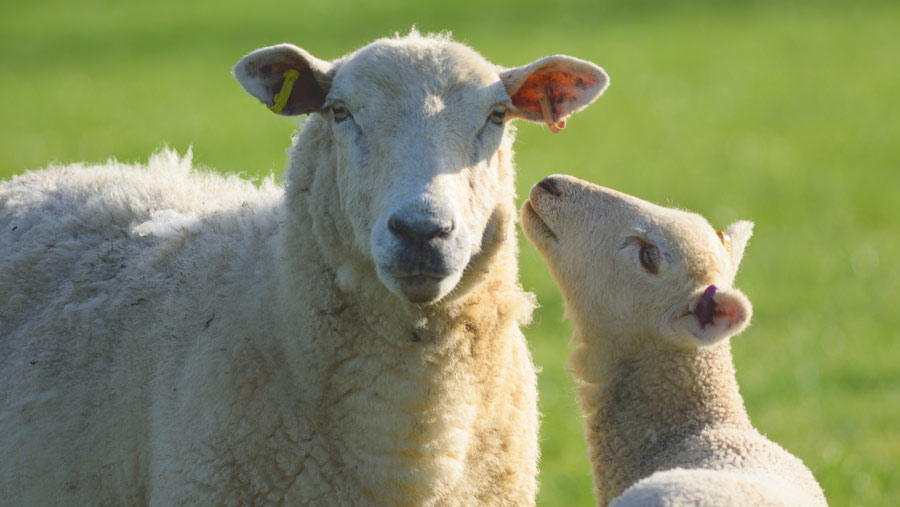Records show 2022 was an unusual year for lamb parasite levels
 © Savo Ilic/Adobe Stock
© Savo Ilic/Adobe Stock Parasite levels in lambs hit record highs last year, with a peak average strongyle count of 950 eggs/gram, according to an animal health company’s national survey.
The data is from faecal egg counts taken in the Zoetis Parasite Watch Scheme and confirms why many farmers have noted changing trends in the timing and severity of infection by nematode worms.
See also: Nematodirus risk in early lambs at raised levels for March
Not only were levels high, but they were also very late, with peak average infections showing up in September.
The data shows a trend for later spikes in the grazing season. Previous years have seen average highs of 260 eggs/gram (epg), 150epg, 425epg, 360epg, 625epg and 525epg from April to November.
Meanwhile, data on the Animal and Plant Health Agency (Apha) surveillance dashboard – the national record of government post mortem – showed 696 lambs were diagnosed with fatal parasitic gastroenteritis.
This was the second-highest figure since records started in 2012 and sharply above the average of 559.
‘Surprising’
Sheep farmer Peter Baber, Weir Park Farm, near Exeter, was one of the 26 farmers involved in faecal egg counts (FECs) for the survey.
He was surprised at how much the sheep were challenged last summer.
“Because we were so severely affected by the drought, we think sheep were grazing very tight and picking up the worms,” said Mr Baber.
“Because of the nutritional pressures, it perhaps compromised their ability to mount an immune response to control the worms.”
Mr Baber believes it is important to do regular FECs, both for animal performance and resistance.
“Worm burdens can be very localised and change from year to year, so you can’t rely on a drenching plan based on when you have done it in the past,” he added.
Mr Baber lambs 900 ewes, consisting of Exlana, Suffolks, SuffTex and Texels.
He takes FECs every two weeks and conducts post-drench FEC tests 10-14 days after treatments have been given to check their efficacy.
Late spike
Reviewing the survey, vet Ally Ward of Zoetis, the company that manages the parasite watch programme, said that despite the exceptionally hot weather, high worm egg counts were seen throughout the year.
The average peak came in September when rains arrived, she explained.
“Twenty years ago it would have been unusual to see worm egg counts peaking in the autumn, but because our seasons are less defined now, and our autumn and winters are warmer and wetter, that is what we have been seeing,” she said.
